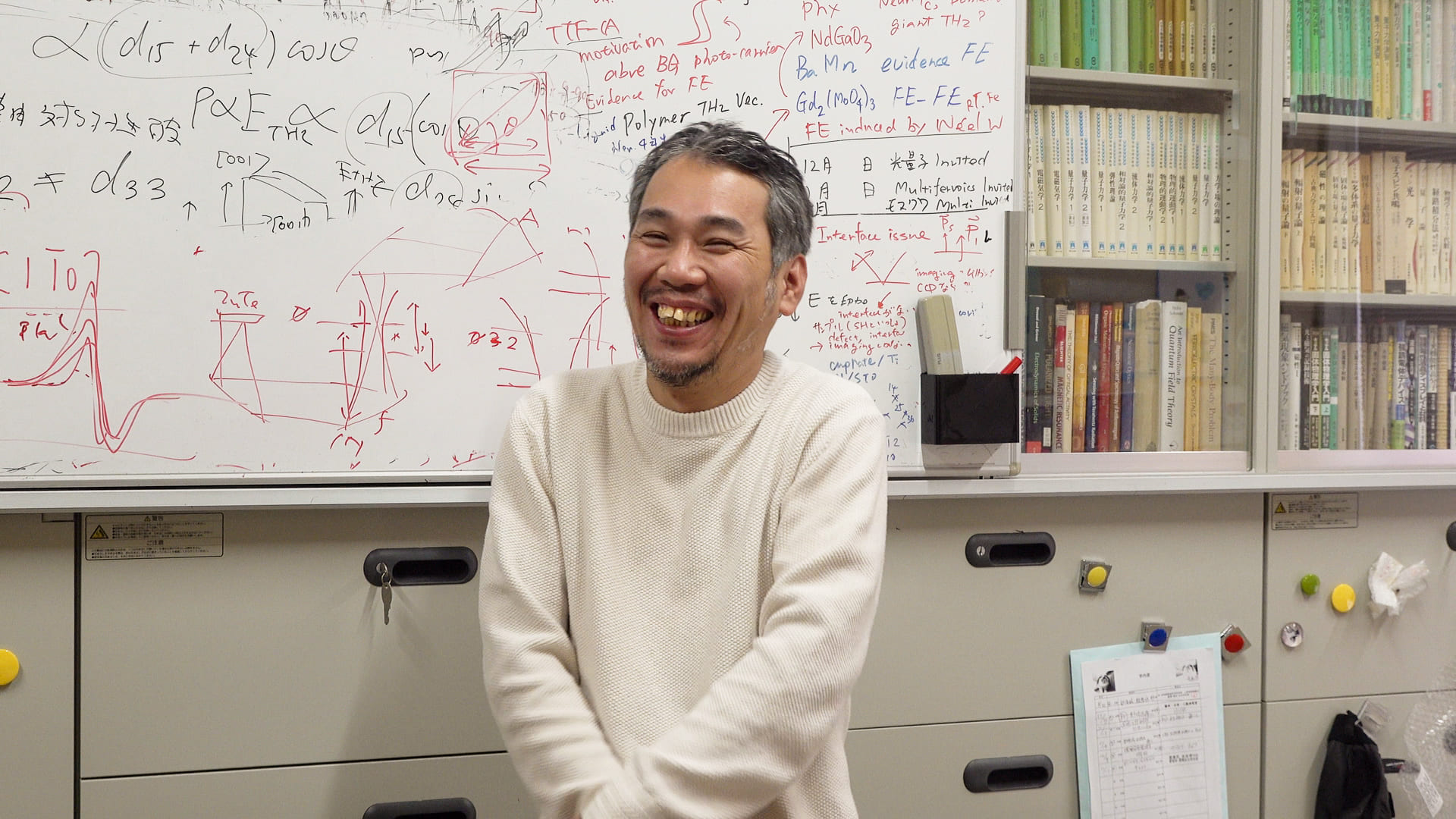Message
SET HIGH GOALS AND DO YOUR RESEARCHES TO ACHIEVE YOUR OWN DREAM.
Our research is to clarify and control electronic properties of condensed matter by using various kinds of laser lights with different frequencies and temporal widths. By utlizing unique features of correlated electron and/or low dimensional electron systems in transition metal compounds and organic molecular materials, we expect to achieve the final goal of making next-generation optical devices, which show the higher peformance than those based upon convential semiconductors. In just the past thirty years, the optical technology has been extensively improved. Thirty years ago, we did not imagine that we could detect directly dynamics of electrons, spins, atoms and molecules in solids, but now we can do that by using ultrashort laser pulses. We hope that students set high goals and make researches to achieve their dreams. In our laboratoy, a lot of students have thus far made fascinating discoveries. We believe that all the new students will be able to experience their own discoveries, each of which is the world’s first one.


















